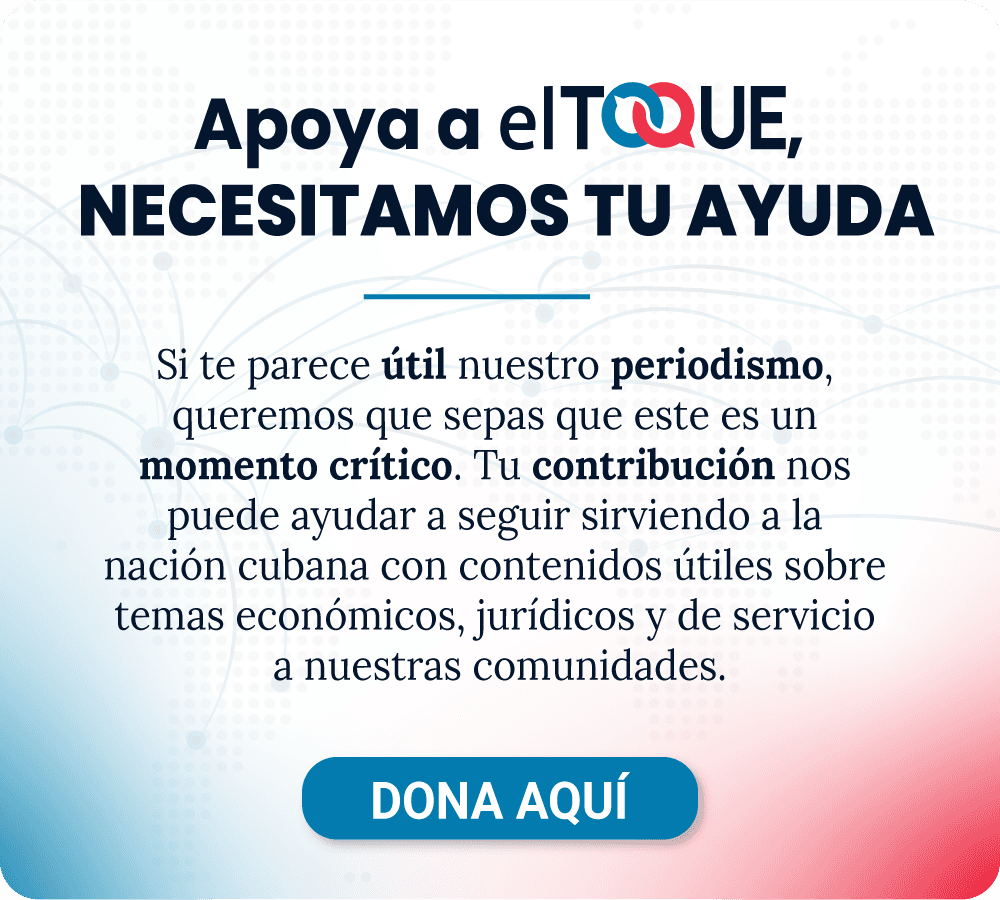Why Cooking Oil Costs Over 1,000 Pesos in Cuba

Aceite en una tienda en dólares en La Habana. Foto: Tomada de redes sociales.
In dozens of Facebook groups, cooking oil is a hot commodity. On the same platform, users quickly alert others whenever oil becomes available at stores selling in freely convertible currency (MLC) or U.S. dollars (USD).
The shortage of cooking oil in Cuba is hardly new. Since 2019—when a liter cost around 25 Cuban pesos (CUP)—prices have skyrocketed, making it a nearly unattainable item for much of the population.
Today, in the informal market, a liter can fetch up to 1,500 CUP, far exceeding the official government price cap of 990 CUP.
"If they’re hiding oil, we’ll go straight to the storage houses. In that case, it’s not a fine or forced sale—it’s confiscation," warned Prime Minister Manuel Marrero recently, referring to the sale of oil above the state-mandated price ceiling. "There’s no need to wait for instructions from above," he added.
The Role of Small Businesses
Cuba relies almost entirely on imported vegetable oil from countries like Mexico, Brazil, Spain, the United States, and Ukraine. A critical shortage of foreign currency, worsened by the devaluation of the Cuban peso, has severely limited both state and private sector importers' ability to purchase oil on the global market.
Although the government and parts of the public often blame small businesses for driving up prices, in recent years, private enterprises have been crucial in keeping supplies of oil and other essentials flowing.
In September 2023, largely thanks to private micro, small, and medium-sized enterprises (MSMEs), a liter of cooking oil was typically sold for between 500 and 700 CUP, depending on the region.
By 2024, private stores were selling oil for between 800 and 1,000 CUP per liter, with prices depending heavily on supply stability. However, after the government announced a price cap in July 2024, several importers warned that the measure would disrupt supply and worsen shortages.
Other restrictive measures, such as the Ministry of Domestic Trade’s Resolution 56—which requires wholesalers to sell primarily to the state—have also crippled private sector distribution.
Faced with regulatory uncertainty, economic losses, and shrinking profit margins, many private importers reduced operations or shut down altogether, creating an artificial shortage that sent prices soaring.
"Before MINCIN’s Resolution 56 in 2024, a liter of oil was going for 650 pesos. After it was enacted, private importers dramatically cut back or temporarily closed. That drop in supply, combined with less demand from distributors, created an artificial shortage and caused prices to spiral," wrote Yordanis Álvarez, a social media user.
"The government now wants to blame private businesses for inflation, ignoring the fact that it was their own price controls that destabilized the market," he added.
One entrepreneur told elTOQUE that he used to source oil wholesale through a private importer and distribute it across several locations in Las Tunas. However, by December 2024, those commercial contracts had been canceled.
"Sometimes I feel like the government wants to monopolize everything and sell it in dollars, cashing in on the scarcity," he said.
Recently, in a WhatsApp group, a container of oil from Turkey, Brazil, or Colombia was being offered under a payment scheme: 30% due at contract signing, and the remaining 70% one week before arrival at the port.
Payments could be made via transfer to an international account or in dollars within Cuba, with a 10% markup. Bulk prices for oil imported from Latin America averaged about $1.59 USD per unit, with a typical container holding around 32,000 units.
However, this base price did not include additional expenses like state-importer commissions, tariffs, sales taxes, unloading fees, or domestic transportation costs.
"Once you factor in all those extra charges, the final price nearly doubles. And when you convert it using the informal dollar rate, it easily tops 1,000 pesos per liter," the Las Tunas entrepreneur explained.
He acknowledged that a 1,500 CUP price tag might seem outrageous, but said many vendors aim for quick profits due to the constant economic uncertainty.
"Everyone’s trying to maximize earnings immediately, like there’s no tomorrow. With the dollar rate so volatile—you might buy today at 365 pesos and tomorrow it could be much higher—you have to take that into account when setting prices," he concluded.
Oil Is Available… In Dollars
Even online Cuban retailers are struggling to keep cooking oil in stock.
At Supermarket 23 and Tu Ambia—the only online stores in dollars that appear in a Google search for "cooking oil Cuba"—a 900 ml bottle sells for around $2.40 USD, a price that, when exchanged informally, stays within the official cap of 990 CUP.
However, these purchases require international credit cards, putting them out of reach for most Cubans.
At physical USD stores in Cuba, a 900 ml bottle now costs approximately $2.80 USD—about 1,022 CUP at the informal exchange rate as of April 28, 2025.
"They can’t guarantee a supply of oil, and yet they have the nerve to set a price ceiling. Either they don’t know the real costs, or worse, they calculate everything based on their fictitious exchange rate of 1 USD = 120 CUP," said a partner at a Limited Liability Company (SRL).
"Now they want private wholesalers to sell them the oil, only to turn around and sell it in dollars, while blaming neighborhood private vendors for the shortages," he added.
Many Cubans have voiced frustration over high prices in MLC stores, where the government's price cap does not apply. Prime Minister Marrero responded by calling such comparisons unfair.
"Our foreign currency stores face very complex circumstances. They don’t buy goods under the same conditions as private businesses, and they’re not sourcing from the informal currency market. They operate on a fixed 1 USD = 120 CUP rate and often have to buy from distant, more expensive suppliers. Logistics, taxes, tariffs, and other costs also drive up prices," Marrero explained during a parliamentary session in July 2024.
Still, private sector voices argue that the government’s lack of hard currency forces it to pressure private importers while keeping the most crucial goods reserved for dollar sales.
"People don’t see this because they’re not shopping at those dollar stores. They’re going to neighborhood private vendors, who are the ones making sure food gets to the communities, because not even the government-run bodegas have supplies. Yet somehow, we’re the ones getting blamed. It’s incredibly hypocritical," one entrepreneur told elTOQUE.
Rationed Oil: Missing in Action
The government-distributed monthly oil ration—just 0.25 liters per person, essential for many families—is also experiencing severe delays.
Cuba’s only oil refinery, located in Santiago de Cuba, has suffered extended shutdowns due to maintenance and equipment failures, severely limiting local production. Although some shipments of refined oil have arrived, Cuba’s processing and bottling capacity remains far too small to meet nationwide demand.
Fuel shortages have also hampered the distribution network. Even when oil reaches Cuban ports, there often isn't enough fuel to transport it to provinces, causing persistent delays and shortages in the government-run bodegas.
The shortage of foreign currency has become so acute that Cuba has had to rely on donations. For example, in September 2023, Russia sent 652 tons of vegetable oil as emergency aid—yet even that was not enough to stabilize the domestic supply.










Comments
We moderate comments on this site. If you want to know more details, read our Privacy Policy
Your email address will not be published. Mandatory fields are marked with *